
Michael Latham Powell was an English filmmaker, celebrated for his partnership with Emeric Pressburger. Through their production company The Archers, they together wrote, produced and directed a series of classic British films, notably The Life and Death of Colonel Blimp (1943), A Canterbury Tale (1944), I Know Where I'm Going! (1945), A Matter of Life and Death, Black Narcissus (1947), The Red Shoes (1948), and The Tales of Hoffmann (1951). His controversial 1960 film Peeping Tom, today considered a classic, and a contender as the first "slasher", was so vilified on first release that his career was seriously damaged.
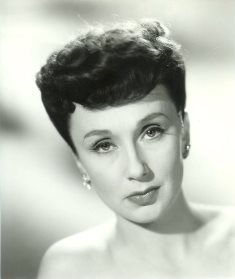
Georgette Lizette "Googie" Withers, CBE, AO was an English entertainer. She was a dancer and actress, with a lengthy career spanning some nine decades in theatre, film, and television. She was a well-known actress and star of British films during and after World War II.

Contraband (1940) is a wartime spy film by the British director-writer team of Michael Powell and Emeric Pressburger, which reunited stars Conrad Veidt and Valerie Hobson after their earlier appearance in The Spy in Black the previous year. On this occasion, Veidt plays a hero, something he did not do very often, and there is also an early (uncredited) performance by Leo Genn.

Eric Harold Portman was an English stage and film actor. He is probably best remembered for his roles in three films for Michael Powell and Emeric Pressburger during the 1940s.
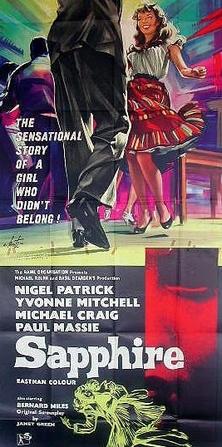
Sapphire is a 1959 British crime drama film. It focuses on racism in London toward immigrants from the West Indies, and explores the "underlying insecurities and fears of ordinary people" about those of another race. The film was directed by Basil Dearden, and stars Nigel Patrick, Earl Cameron and Yvonne Mitchell. It received the BAFTA Award for Best Film and screenwriter Janet Green won a 1960 Edgar Award from the Mystery Writers of America for Best Foreign Film Screenplay. It was considered a progressive film for its time.
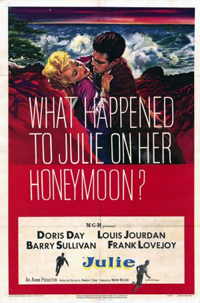
Julie is a 1956 American film noir written and directed by Andrew L. Stone and starring Doris Day, Louis Jourdan and Barry Sullivan. The film is among the earliest to feature the subplot of a stewardess piloting an aircraft to safety, later used in Airport 1975 (1975) and parodied in Airplane! (1980). Julie is also notable for being technically accurate in its use of contemporary aviation technology.
Reginald Mills was a British film editor and one-time film director with more than thirty feature film credits. Among his prominent films are The Red Shoes (1948), for which he received his only Academy Award nomination, The Servant (1963), and Romeo and Juliet (1968).
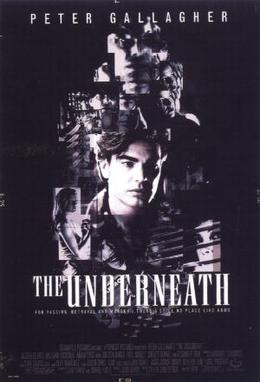
The Underneath is a 1995 American crime film directed by Steven Soderbergh and starring Peter Gallagher and Alison Elliott. The film is based on the novel Criss Cross by Don Tracy, and is a remake of the original 1949 film adaptation. The plot revolves around many themes common to film noir, including romantic intrigue, a botched robbery, and a surprise ending.

The Rasp is a whodunit mystery novel by Philip MacDonald. It was published in 1924 and introduces his series character, detective Colonel Anthony Gethryn. It is set in a country house in rural England.

Black Widow is a 1954 American DeLuxe Color mystery film in CinemaScope, with elements of film noir, written, produced, and directed by Nunnally Johnson, based on the 1952 novel of the same name by Patrick Quentin. The film stars Ginger Rogers, Van Heflin, Gene Tierney, and George Raft.

The Night of the Party is a 1934 British mystery thriller film directed by Michael Powell and starring Leslie Banks, Ian Hunter, Jane Baxter, Ernest Thesiger and Malcolm Keen. In the United States it was released as The Murder Party. It was made at the Lime Grove Studios in Shepherd's Bush. The art direction was by Alfred Junge, later a regular contributor to the films of Powell and Pressburger.
Hotel Splendide is a 1932 British comedy drama film directed by Michael Powell. It was made as a Quota quickie.

Cry Terror! is a 1958 American thriller film starring James Mason, Inger Stevens, and Rod Steiger. The cast also featured Neville Brand, Jack Klugman and Angie Dickinson. The crime story was written and directed by Oscar-nominated screenwriter Andrew L. Stone.
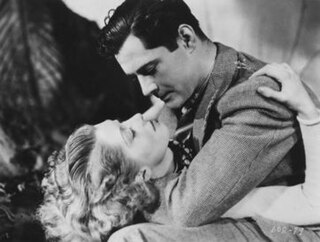
The Price of a Song is a 1935 British crime film, directed by Michael Powell. It is one of 23 quota quickies Powell directed between 1931 and 1936. It features a largely forgotten cast – only Felix Aylmer, here in a minor role, would go on to a significant film career.
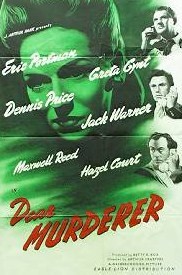
Dear Murderer is a 1947 British film noir crime, drama, thriller, directed by Arthur Crabtree for Gainsborough Pictures, and starring Eric Portman and Greta Gynt.

Rynox is a 1932 British crime film directed by Michael Powell and starring Stewart Rome, John Longden and Dorothy Boyd. Rynox was adapted from a 1930 novel by popular thriller writer of the day Philip MacDonald. It was made at Walton Studios outside London and was a second feature.
Someday is a 1935 British romance film, directed by Michael Powell and starring Esmond Knight and Margaret Lockwood. The screenplay was adapted from a novel by I. A. R. Wylie.
The Star Reporter is a 1932 British crime drama, directed by Michael Powell and starring Harold French and Garry Marsh. The screenplay was adapted from a story by popular thriller writer Philip MacDonald.
Basil Emmott, BSC was a prolific English cinematographer with 190 films to his credit, active from the 1920s to the 1960s. Emmott's career started in the silent era and continued through to the mid-1960s. His most prolific decade was the 1930s, when he was involved with almost 120 films, many of which were produced by noted documentary film-maker John Grierson.
Beatrix Thomson (1900–1986) was a British stage actress. She also made a handful of appearances in film and television. A graduate of RADA, she made her West End debut in John Galsworthy's Loyalties in 1922. She was married to the actor Claude Rains from 1924 to 1935.














